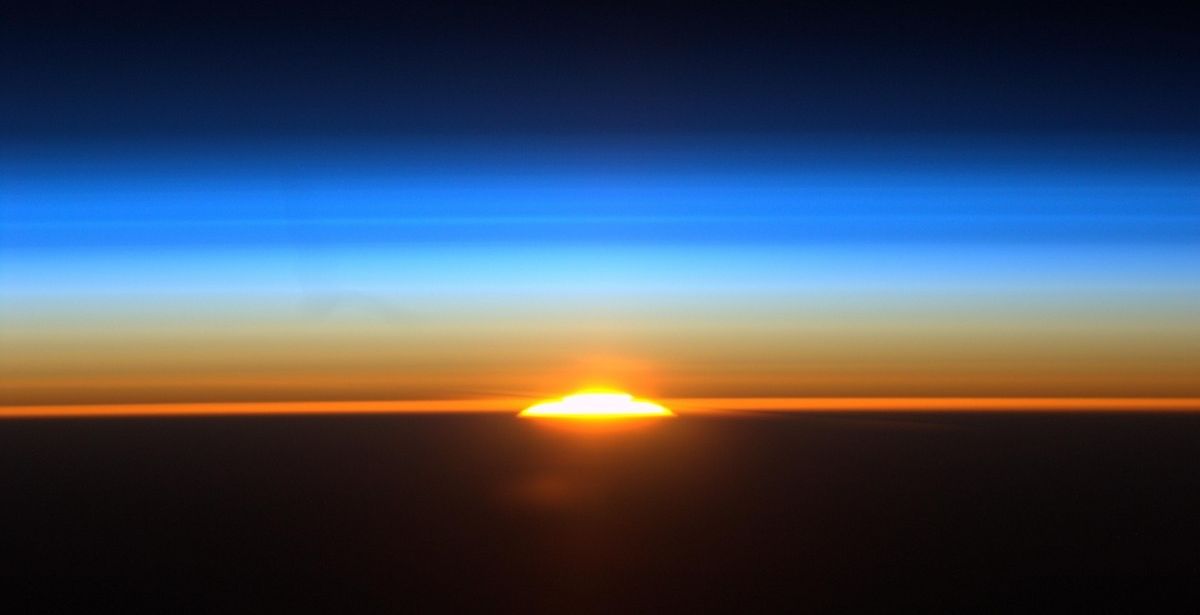Large Earth-orbiting greenhouses will someday likely be as commonplace as peanut acreage on Georgia’s coastal plains.
Low-Earth orbit (LEO) would hardly appear to be the best place to take up farming. But both NASA and the burgeoning commercial space industry are already planning for a time when in addition to on-orbit space hotels and new research stations, there will also be Earth-orbiting greenhouses. Such structures will provide a horn of plenty for growing numbers of LEO residents and astronauts venturing beyond Earth orbit to the Moon, Mars or even the Main Asteroid Belt.
The initial case for LEO agriculture would be to feed a growing population of space-dwellers — either using a greenhouse that remained permanently attached to the LEO habitat, or a greenhouse that was free-flying and uncrewed.
Here are five reasons why Earth-orbiting space greenhouses make sense.
